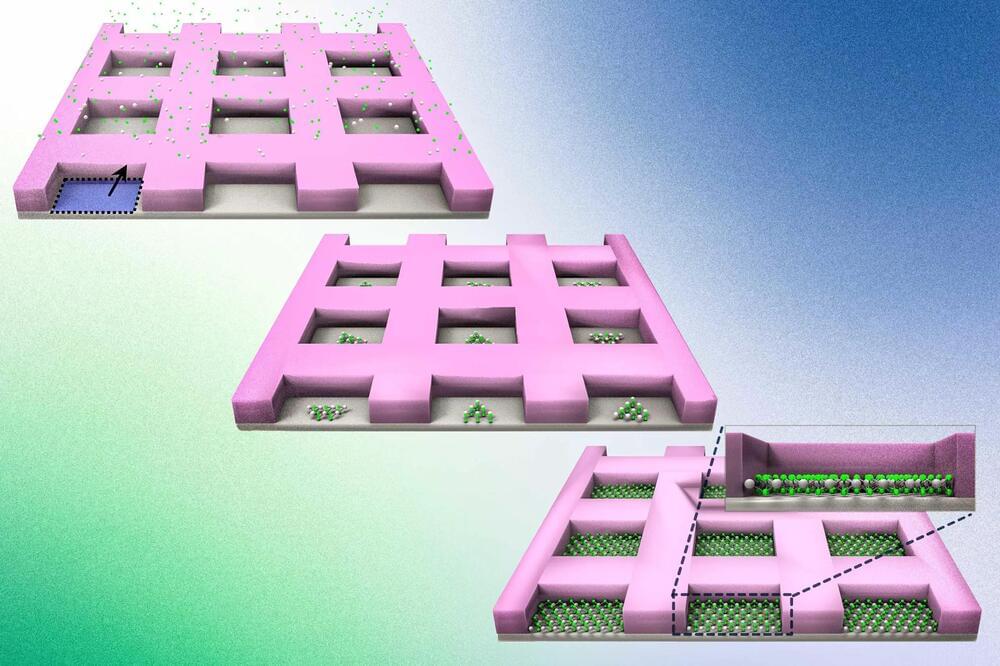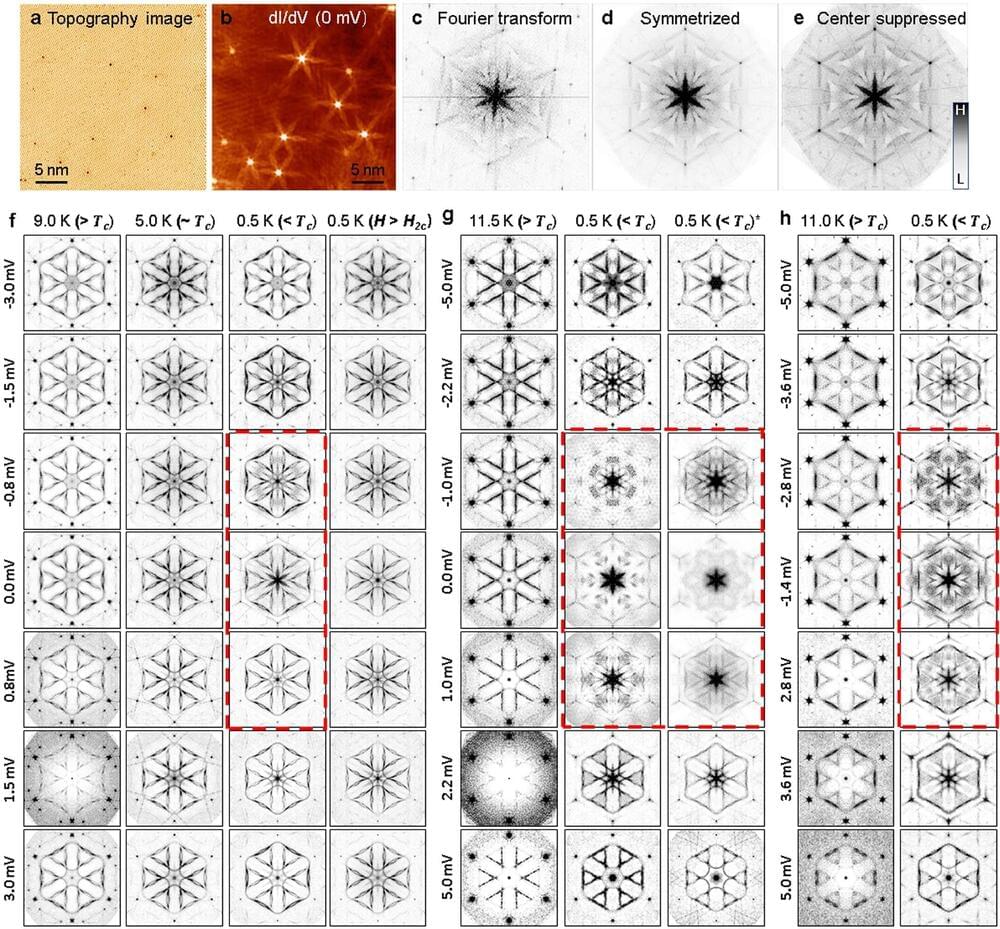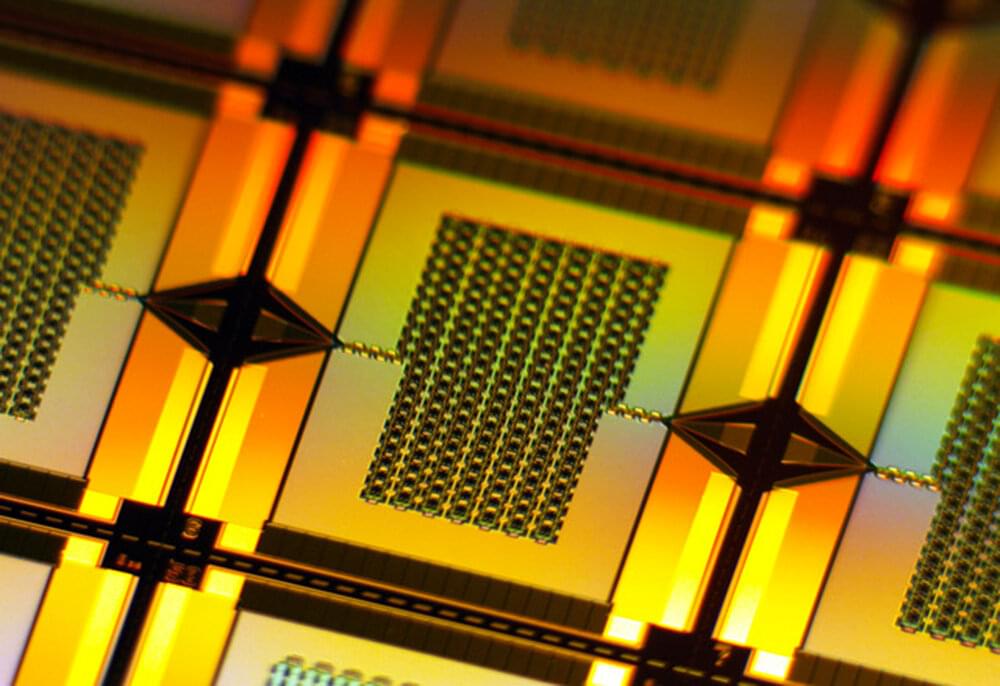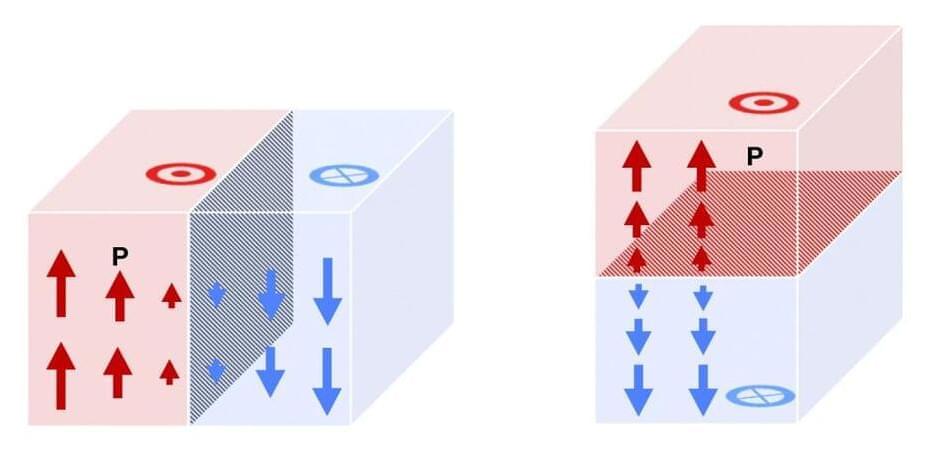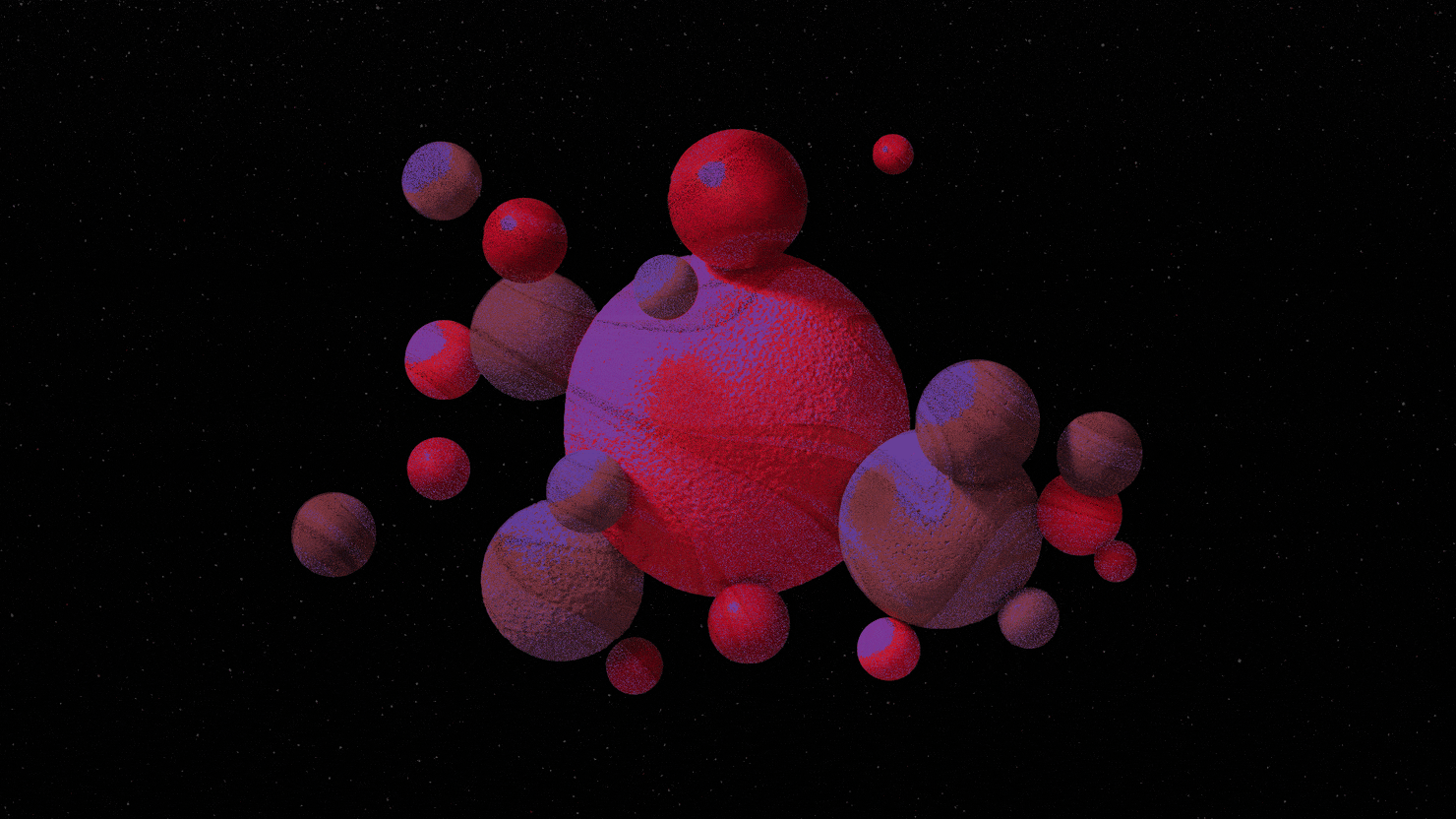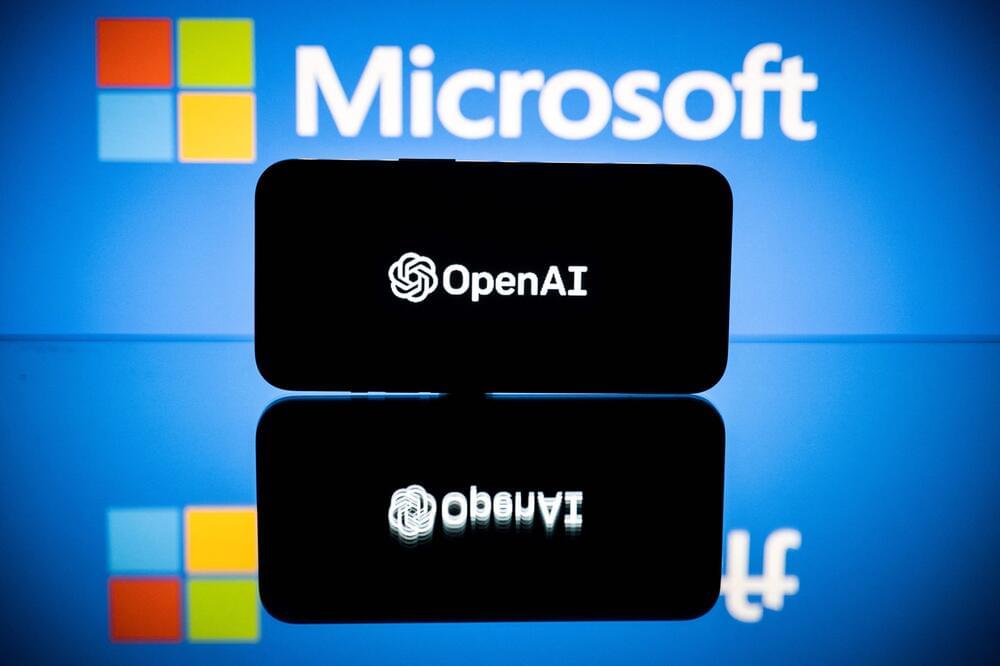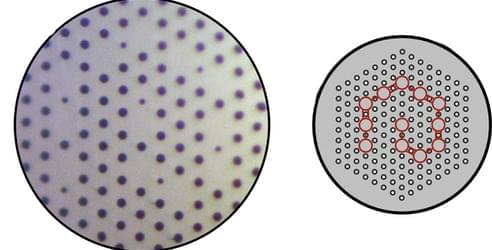Feb 10, 2023
Github To Layoff 10% Of Global Workforce In Latest Tech Cuts
Posted by Gemechu Taye in category: computing
So for those workers who have managed to hold on to their jobs, their working conditions are likely to get a little worse. For one, Github has announced that they’ll be switching to Microsoft Teams for their videoconferencing, and moving their laptop refresh schedule up to four years from the current three.
Could be worse, obviously, but still.
CEO Thomas Dohmke sent out an email to Github staff saying that “Although our entire leadership team has carefully deliberated this step and come to agreement, ultimately, as CEO the decision is mine. I recognize this will be difficult on you all, and we will approach this period with the utmost respect for every Hubber.”

